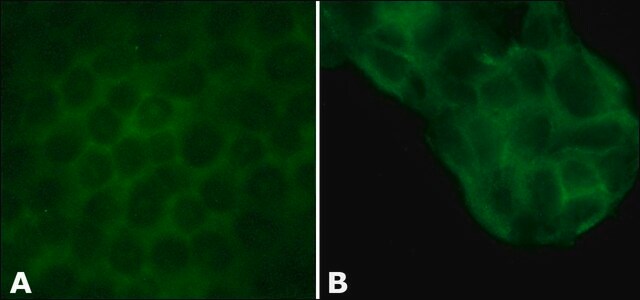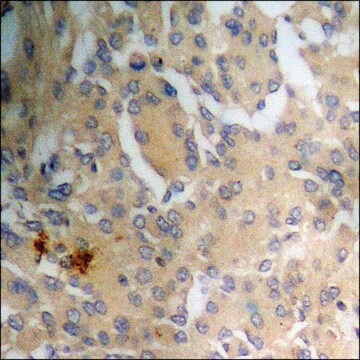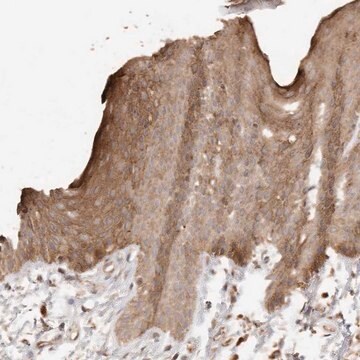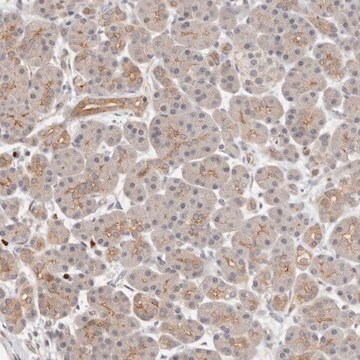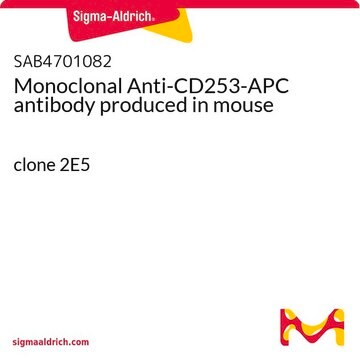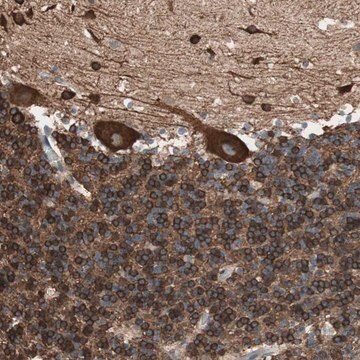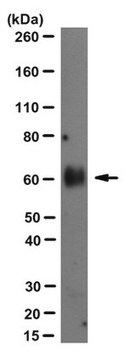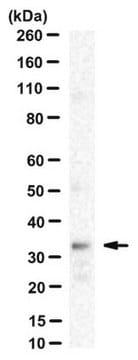A0349
Anti-l-Afadin antibody produced in rabbit

affinity isolated antibody, buffered aqueous solution
About This Item
Polecane produkty
pochodzenie biologiczne
rabbit
Poziom jakości
białko sprzężone
unconjugated
forma przeciwciała
affinity isolated antibody
rodzaj przeciwciała
primary antibodies
klon
polyclonal
Postać
buffered aqueous solution
masa cząsteczkowa
antigen ~200 kDa
reaktywność gatunkowa
canine, mouse, rat, human
opakowanie
antibody small pack of 25 μL
rozszerzona walidacja
independent
Learn more about Antibody Enhanced Validation
metody
immunohistochemistry (frozen sections): 1:1,000 using mouse liver sections.
indirect immunofluorescence: 1:500 using MDCK cells and cultured human HepG2 cells.
microarray: suitable
western blot: 1:2,000 using extract of rat brain
Warunki transportu
dry ice
temp. przechowywania
−20°C
docelowa modyfikacja potranslacyjna
unmodified
informacje o genach
human ... MLLT4(4301)
mouse ... Mllt4(17356)
rat ... Mllt4(26955)
Powiązane kategorie
Opis ogólny
Specyficzność
Immunogen
Zastosowanie
- western blotting
- immunofluorescence experiments
- immunocytochemistry
- immunohistochemistry
Działania biochem./fizjol.
Postać fizyczna
Oświadczenie o zrzeczeniu się odpowiedzialności
Not finding the right product?
Try our Narzędzie selektora produktów.
Kod klasy składowania
10 - Combustible liquids
Klasa zagrożenia wodnego (WGK)
WGK 2
Temperatura zapłonu (°F)
Not applicable
Temperatura zapłonu (°C)
Not applicable
Certyfikaty analizy (CoA)
Poszukaj Certyfikaty analizy (CoA), wpisując numer partii/serii produktów. Numery serii i partii można znaleźć na etykiecie produktu po słowach „seria” lub „partia”.
Masz już ten produkt?
Dokumenty związane z niedawno zakupionymi produktami zostały zamieszczone w Bibliotece dokumentów.
Nasz zespół naukowców ma doświadczenie we wszystkich obszarach badań, w tym w naukach przyrodniczych, materiałoznawstwie, syntezie chemicznej, chromatografii, analityce i wielu innych dziedzinach.
Skontaktuj się z zespołem ds. pomocy technicznej